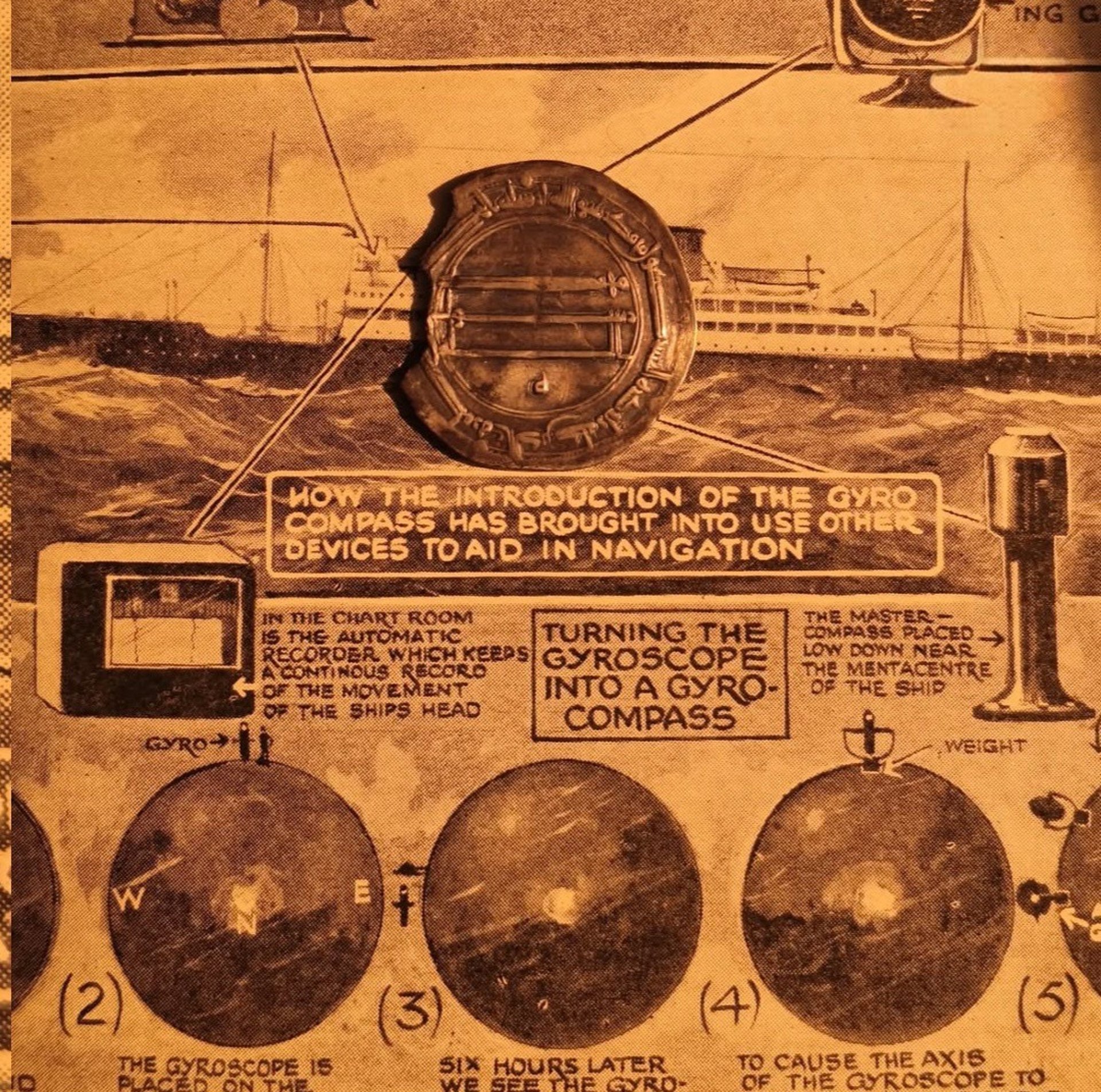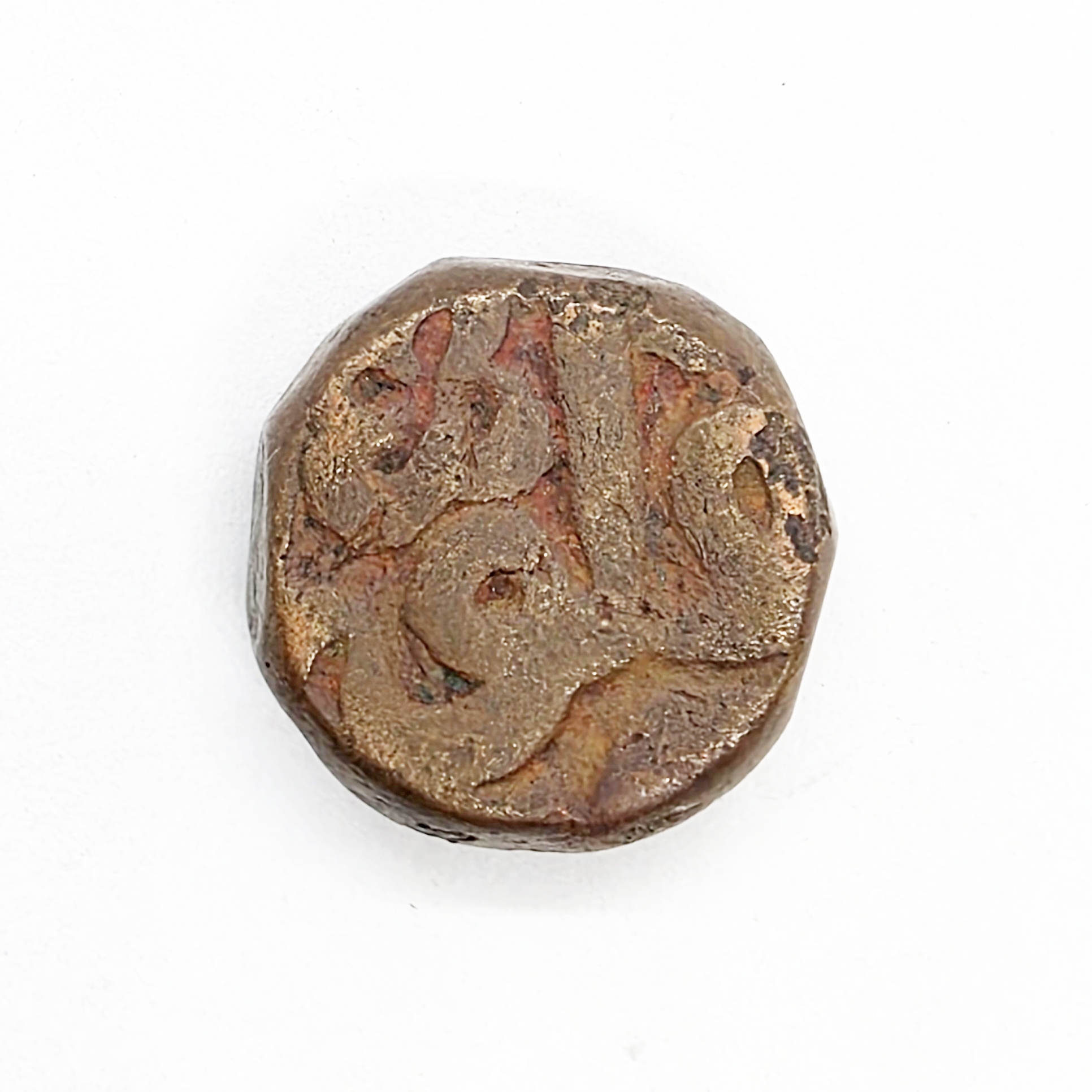
Reviving South Asia’s Forgotten Heritage

Mughal Copper Dam Akbar
These coins, struck during Emperor Akbar's reign (1556–1605), were used for daily transactions and were minted across the empire, including at key centers like Lahore, where they were a crucial part of the fiscal system. They typically weighed around
20.920.9 g
20.9 grams
and often featured the year of minting in Islamic or later Ilahi Hijri dates.
Key features
Denomination: A copper dam was worth
1/401 / 40
1/40
of a silver rupee.
Metal: Copper.
Weight: Approximately
20.920.9
20.9
grams (or
20.8520.85
20.85
g).
Weight standardization: Akbar's reign saw the standardization of coin weights, with the dam's weight being established to facilitate daily commerce.
Obverse inscription: Typically features the name of the ruler and the mint name, such as "Falus Lahore Dar ul-Sultanate" or "Dar al-Sultanat Lahore".
Reverse inscription: Often inscribed with the Islamic year (AH) or Ilahi year and the name of the month.
Minting locations: Produced in numerous mints across the empire, with cities like Lahore, Ahmedabad, and Fathpur being notable examples.
Currency reforms: As the empire's fiscal governance strengthened, Akbar introduced new coinage reforms, which included standardizing weights and establishing numerous mints across the major cities to unify the currency across his vast empire.
